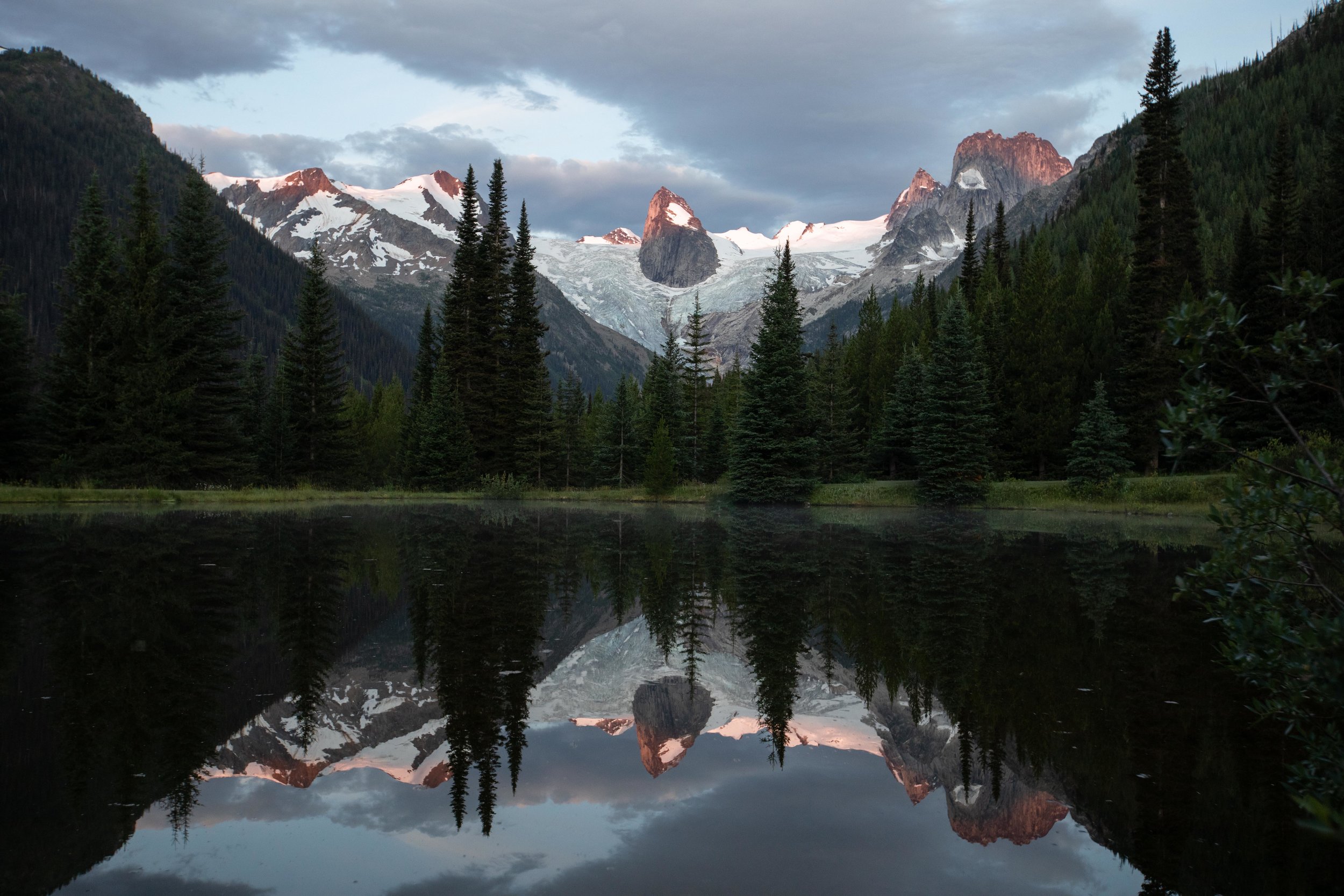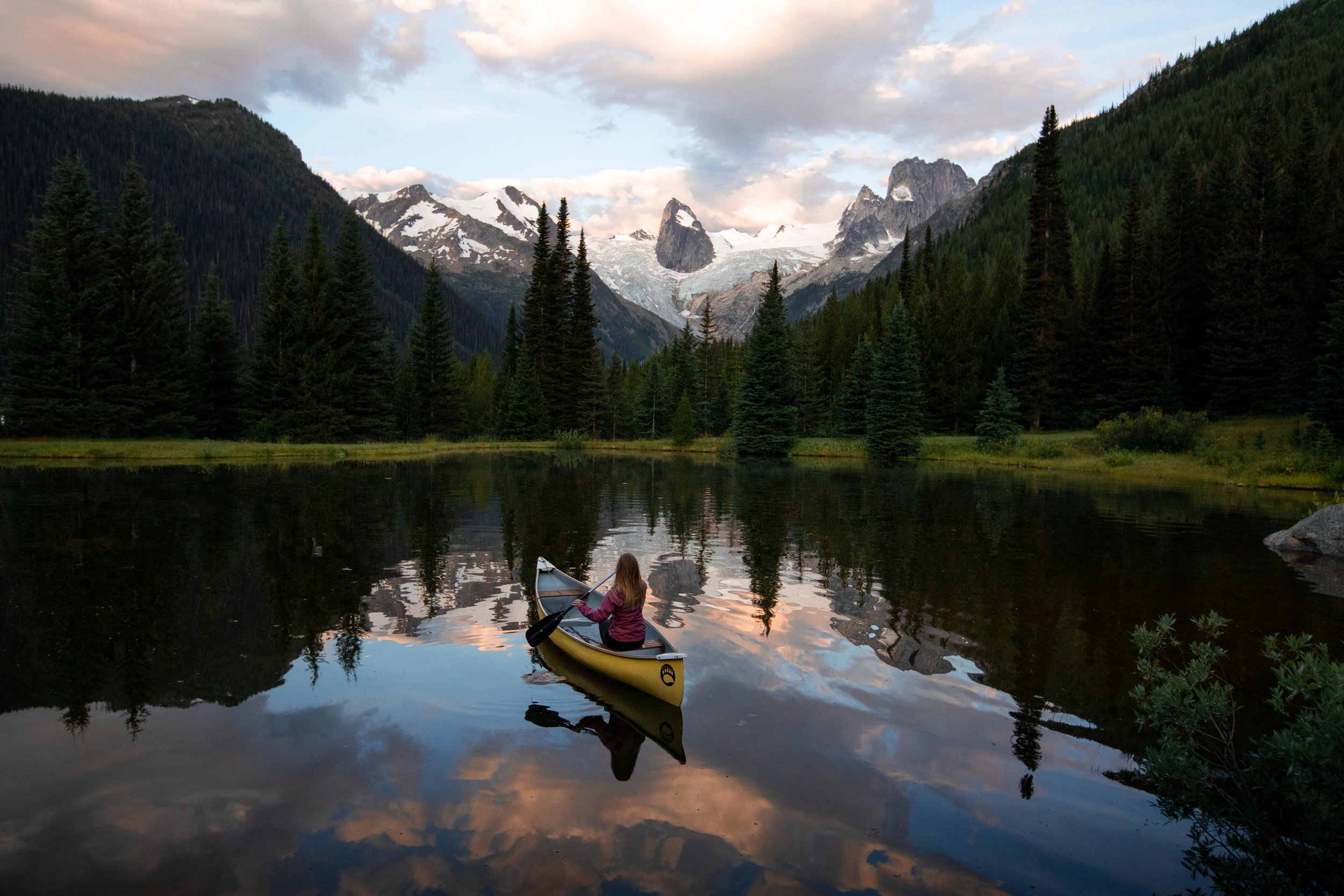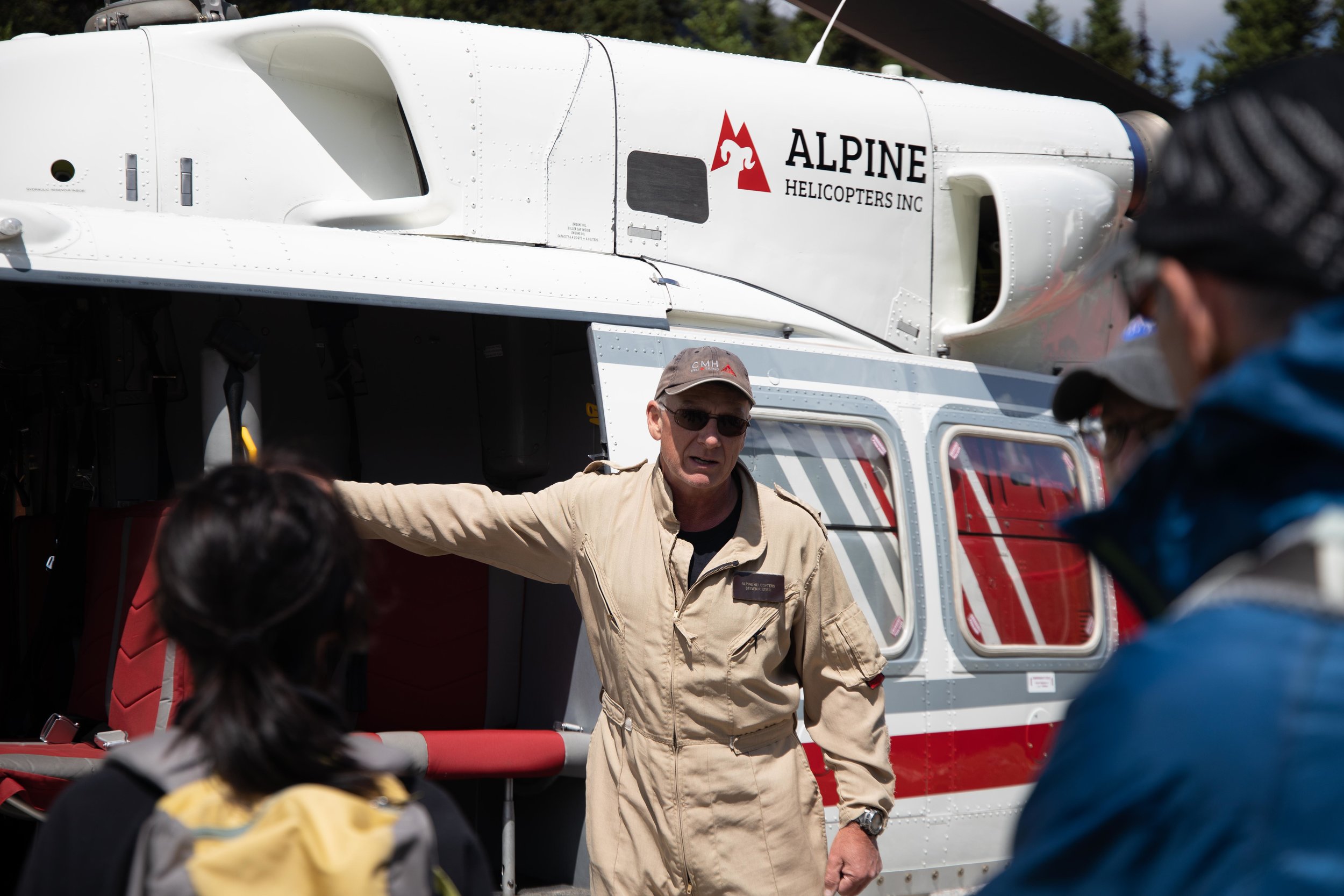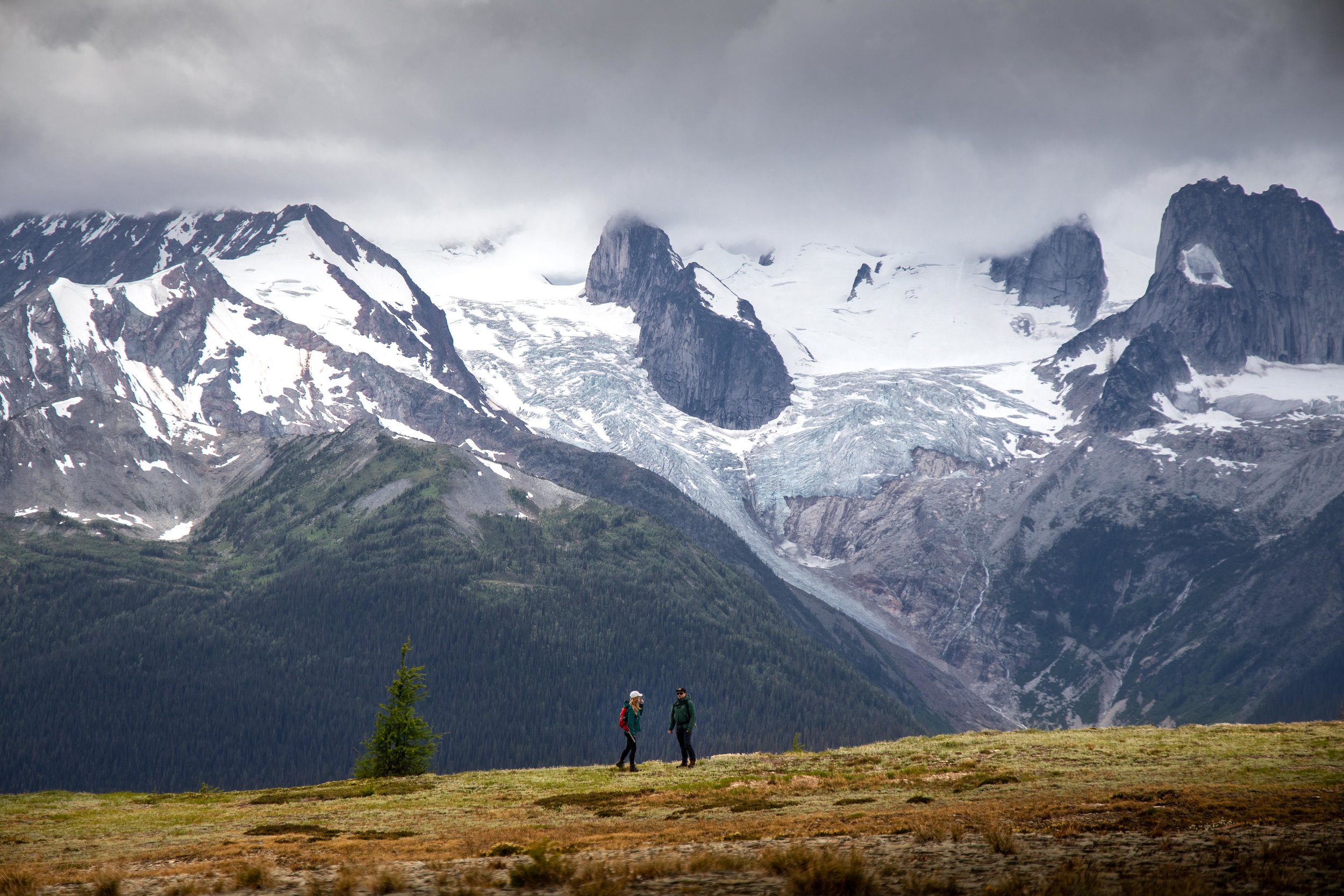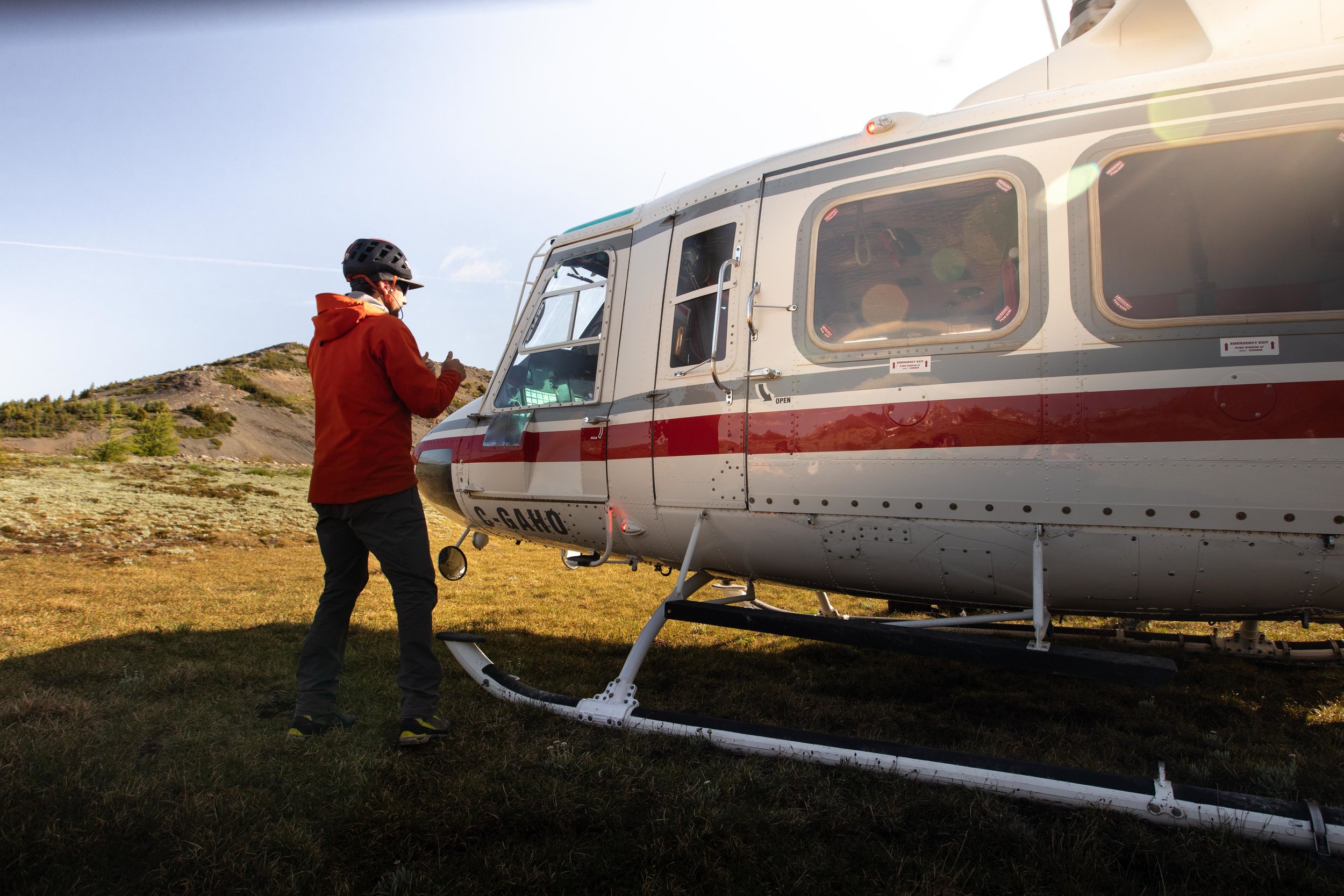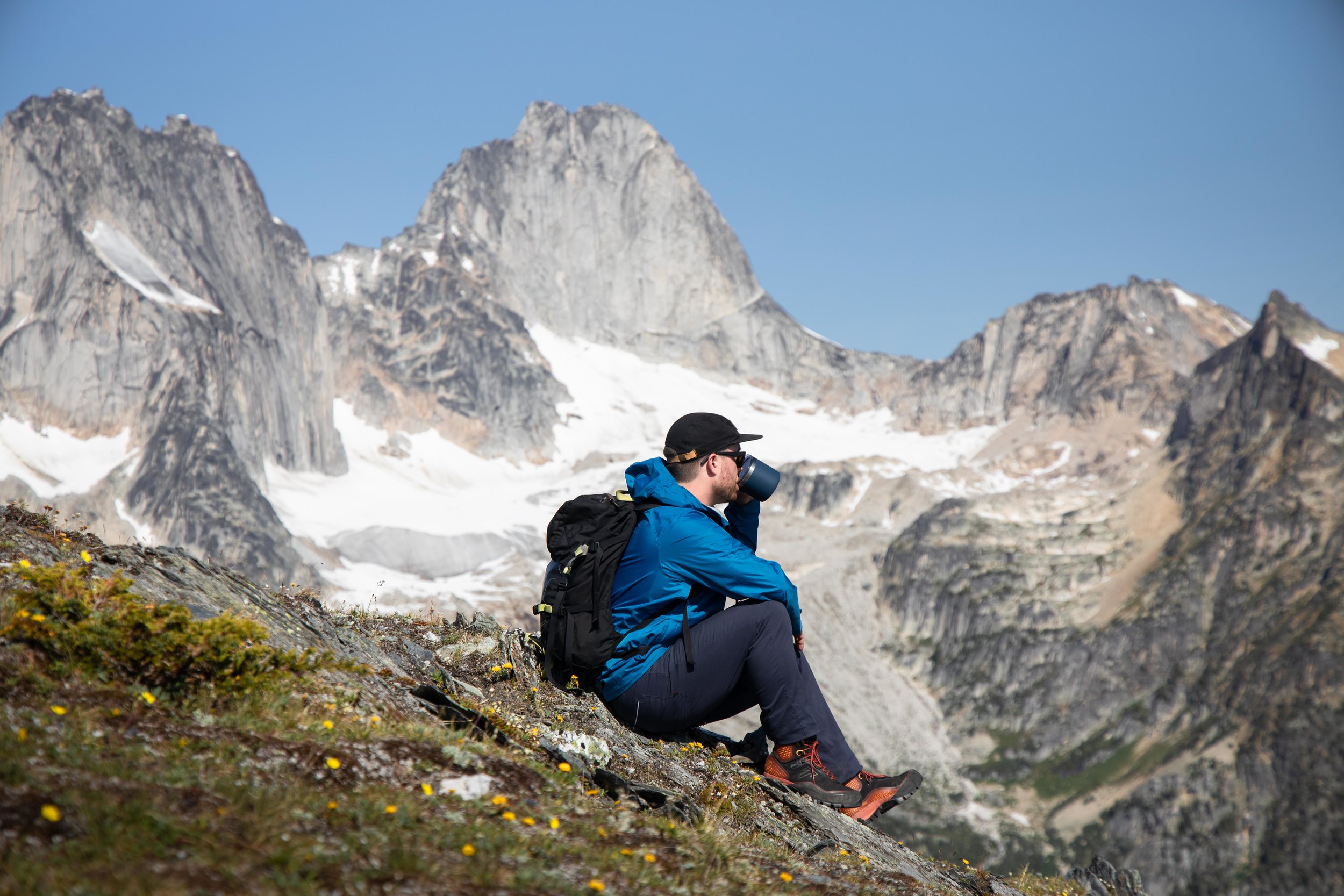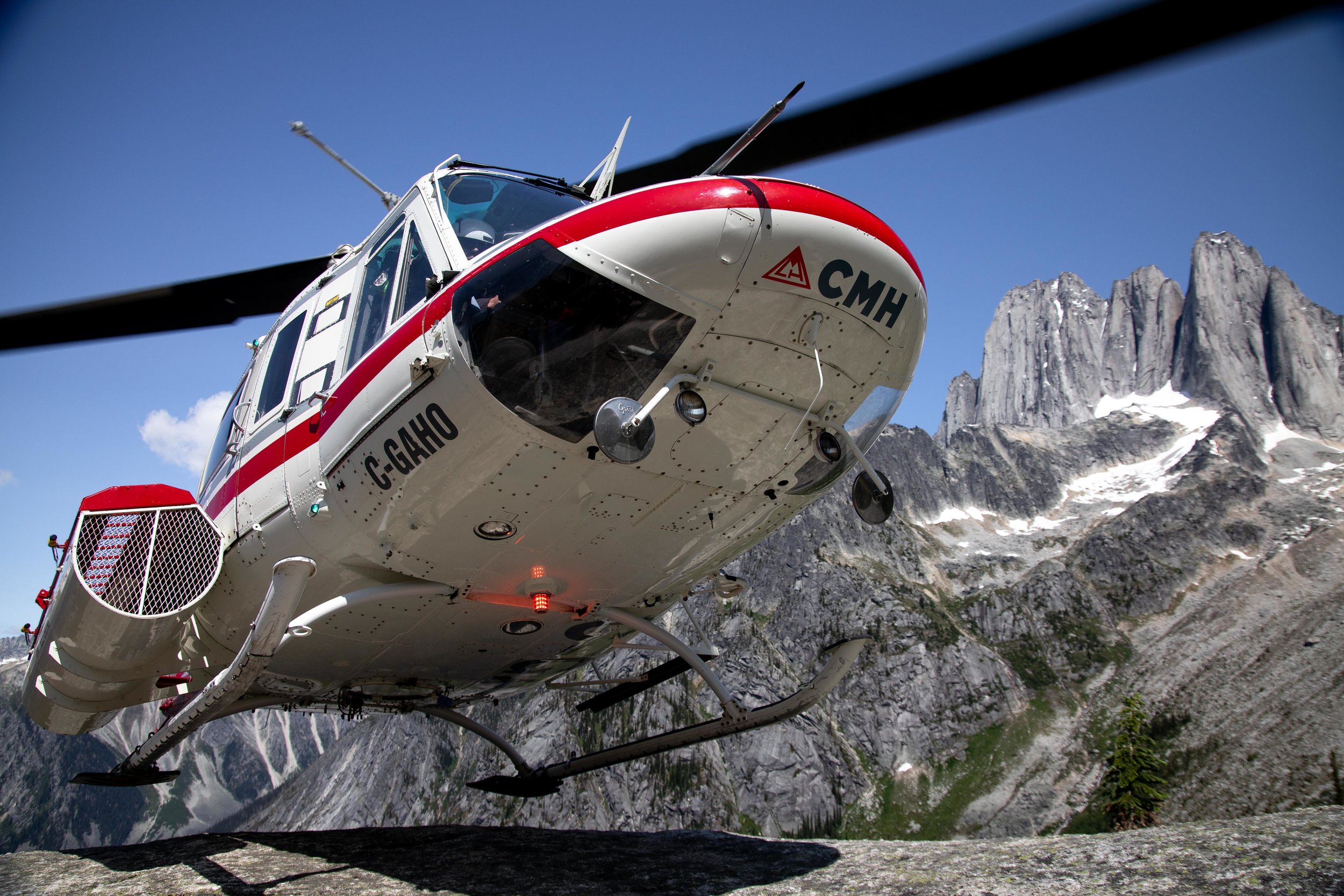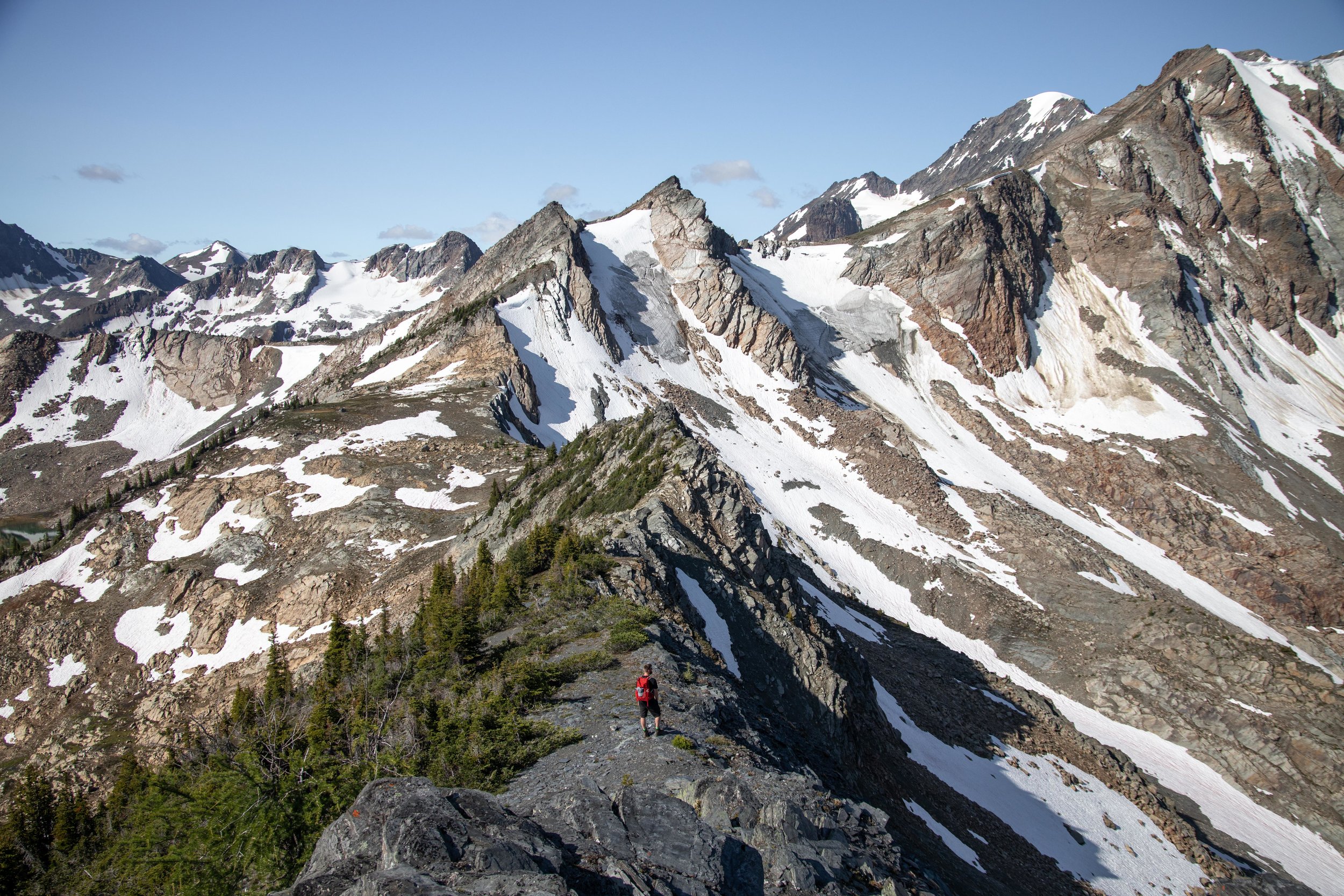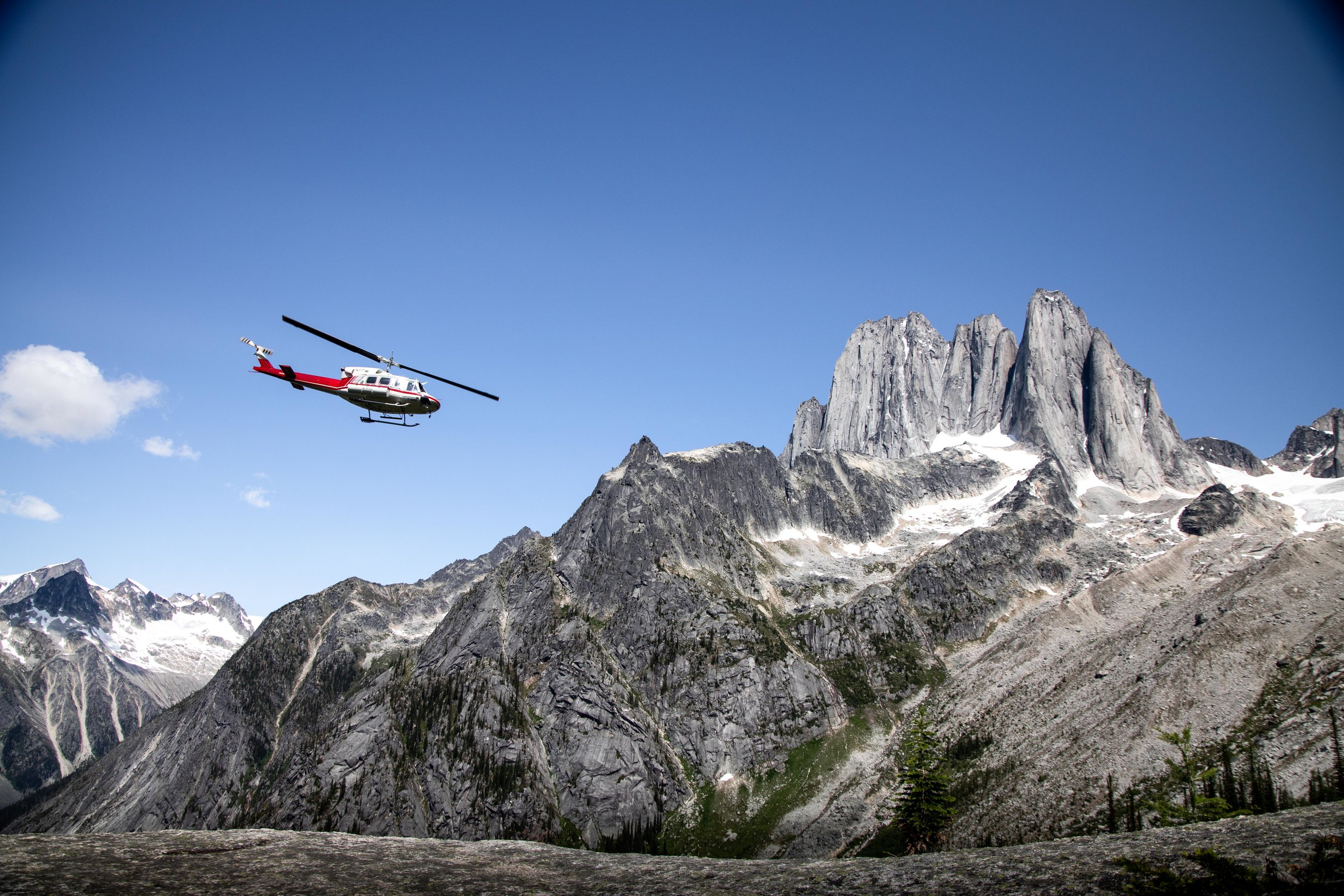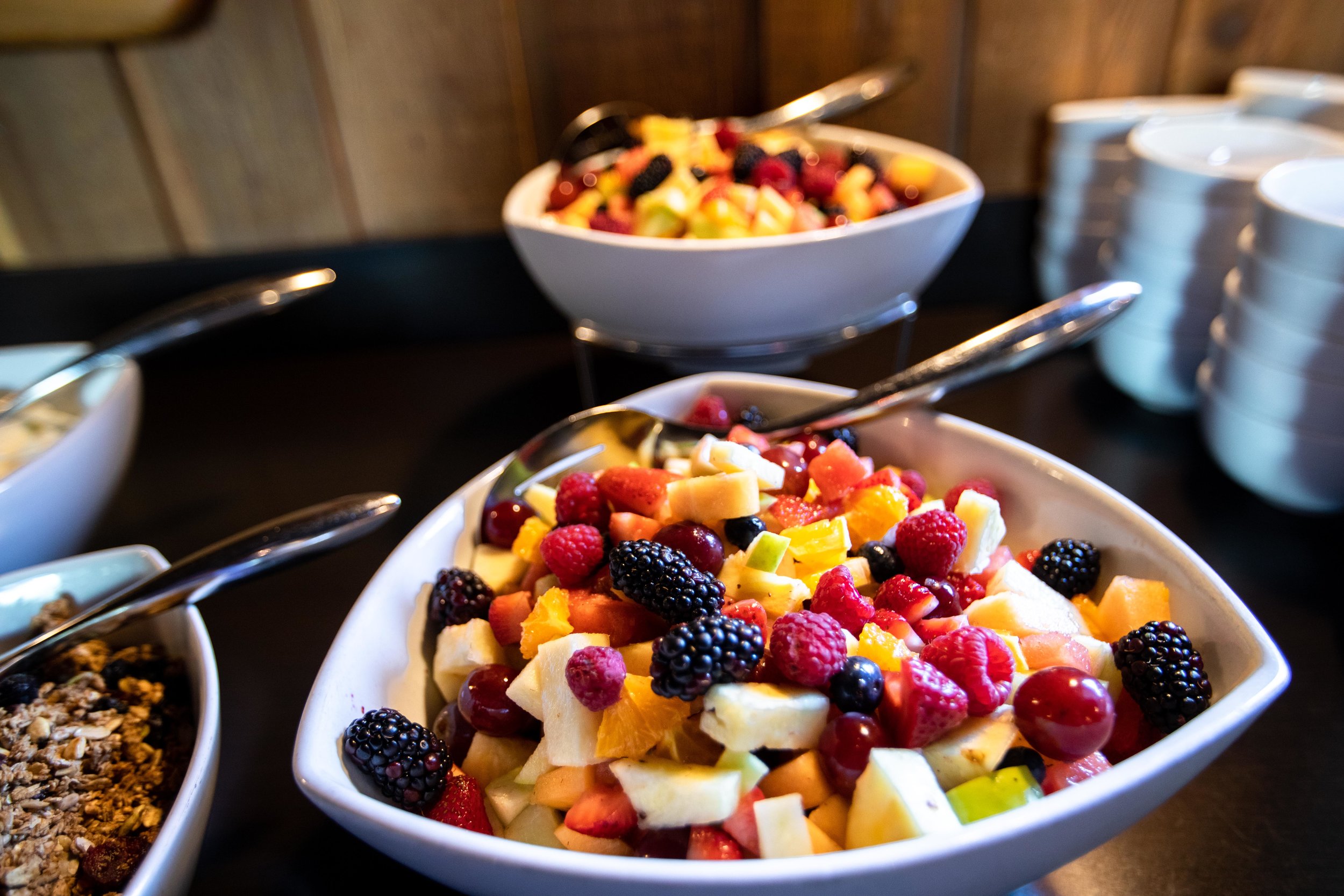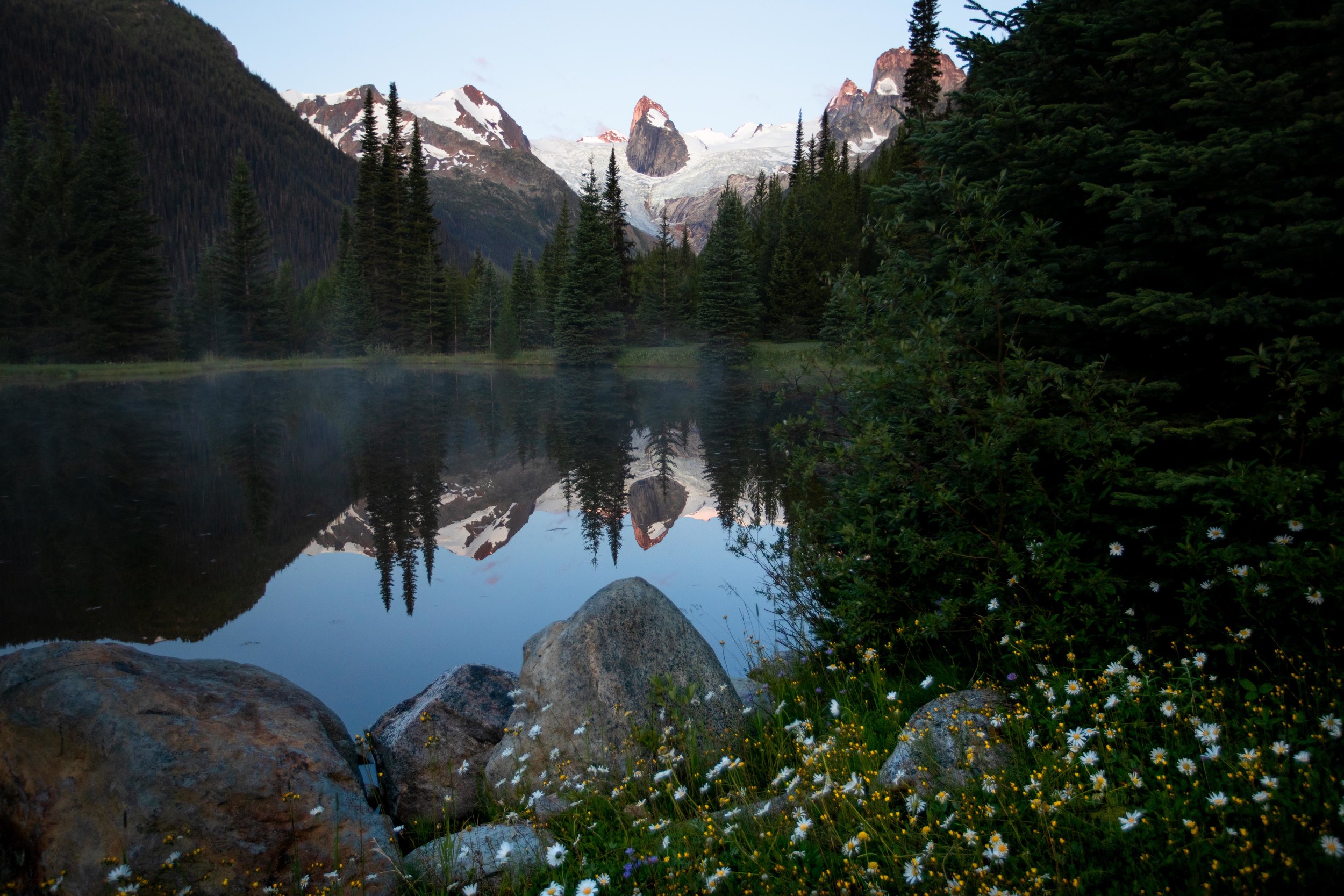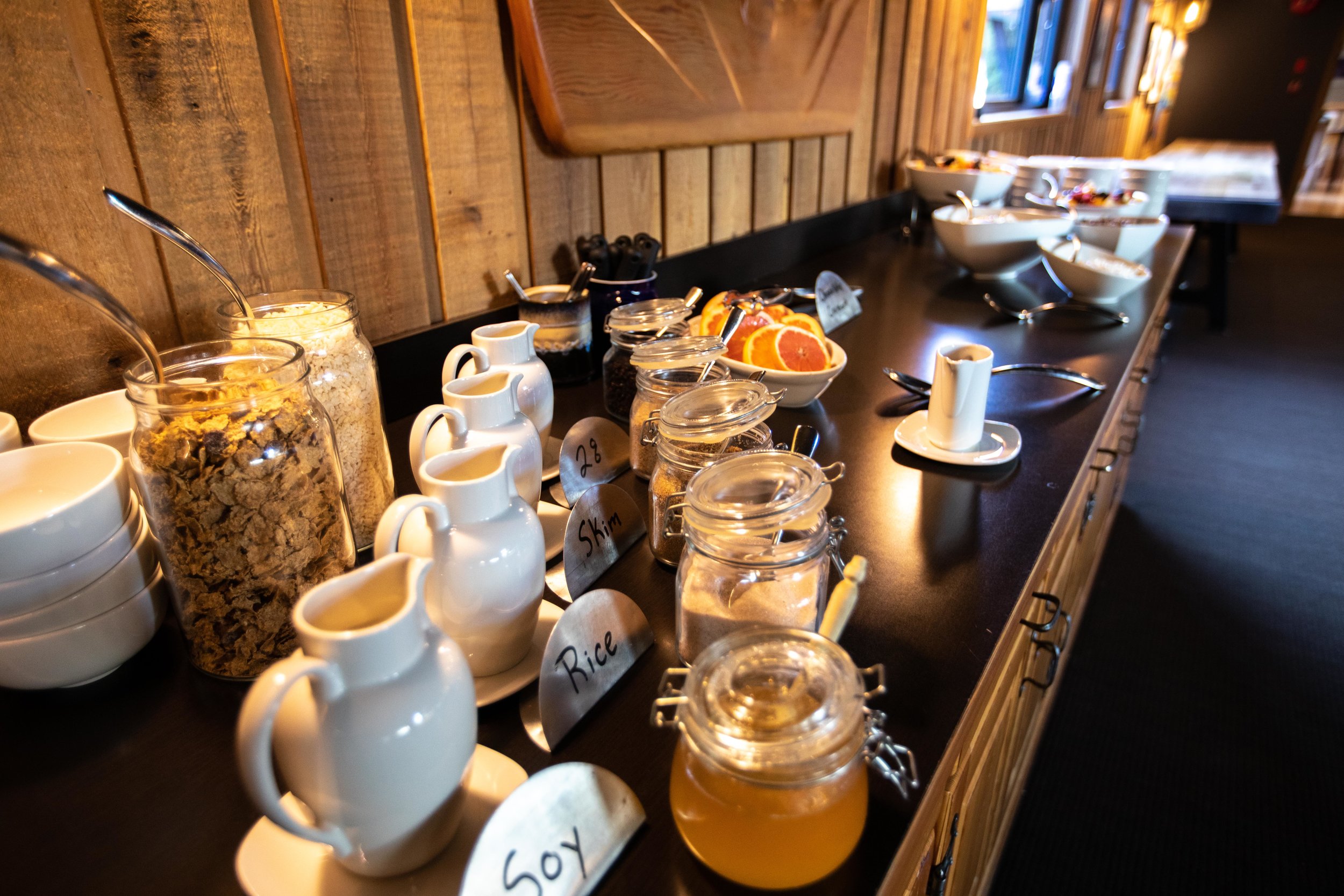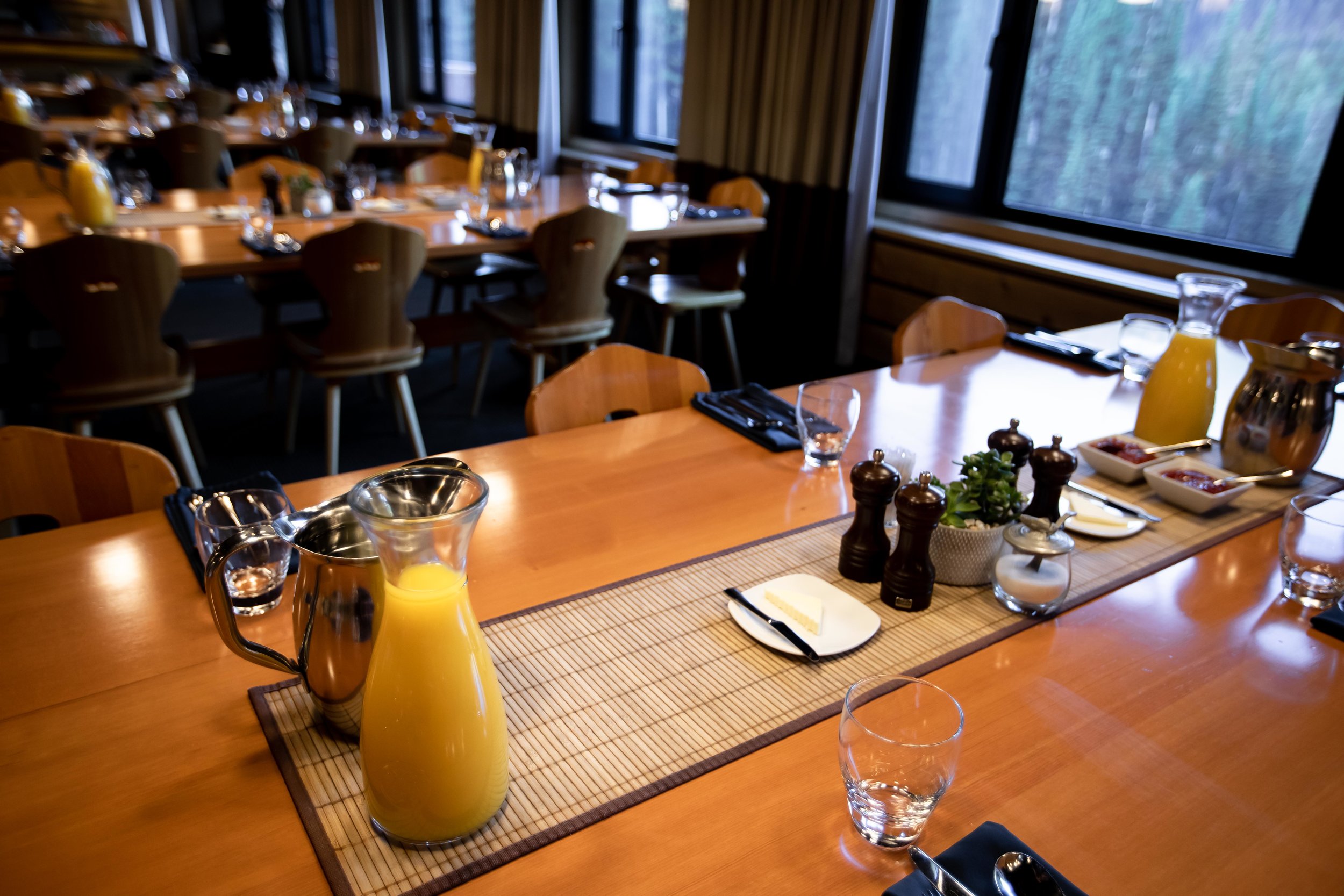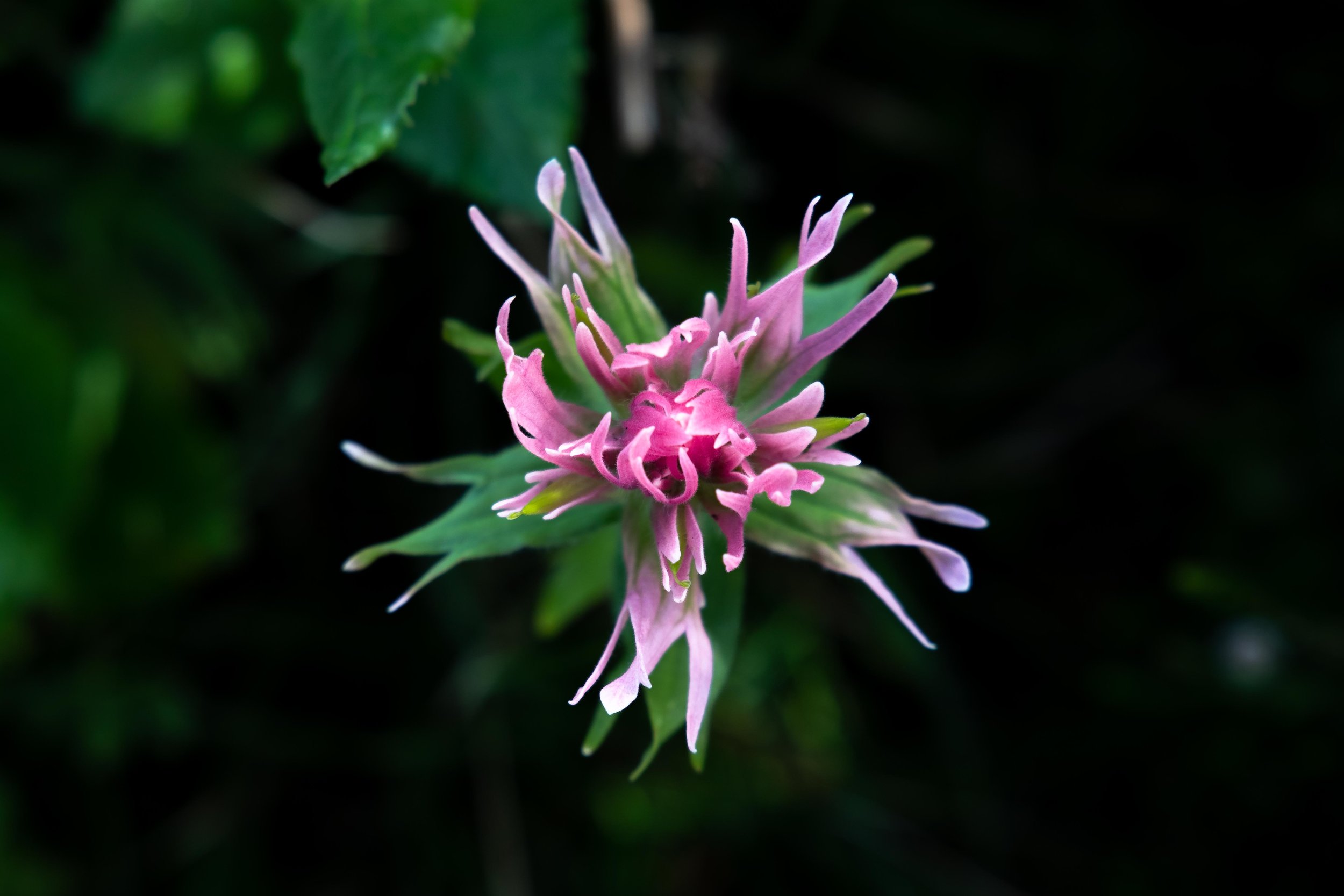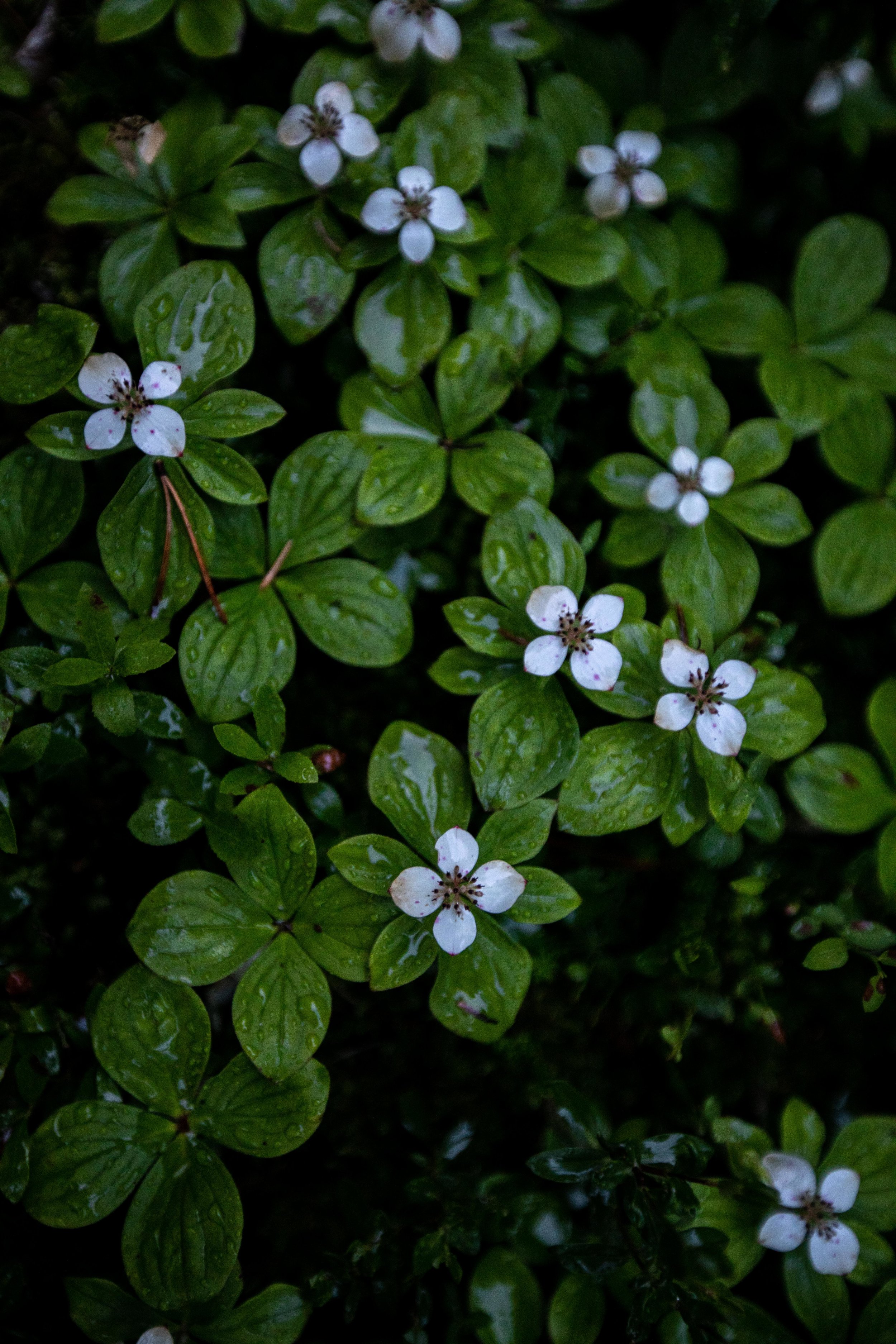What does it take to set you apart from other Photographers? What brings clients to call on your door in the face of such a talented and saturated market? This is what we explored this week while having an amazing time playing at CMH Bugaboos.
Cobalt lake, CMH Bugaboo Lodge.
The Importance of a Story
How do we bring a story forward through in an image? Why does it matter so much for our photos to hold a story? Stories have been used throughout the history of humans to pass on memories and tales. Stories are what makes life, well life. So how do we show so much in a single image? Sometimes everything can’t be told in one photo. That is okay, it keeps our viewer guessing and can even lead them into the imagination of their own story. It still has to contain the initial spark, the capture of ones attention.
As I taught this Creation workshop at CMH with a good friend and photographer Callum Snape we explored how to capture a story in a series of essential topics. We partnered with Yeti coolers to highlight the essence of a good story. These five topics are important to think about when shooting images for storytelling.
1. Transition Shots
The transition shots are important in leading you to where you are going. It’s important to show how we get to our place; it’s the journey. It can be a car or road shot, even a trail through a forest and in this case the helicopter bringing us to the locations.
2. Point of view
I love this style of shot, this is a story technique that puts the viewer in the place. For instance in the canoe as above, or behind a person while hiking. Sometimes I show my hand opening a tent or giving a friend a high five. This is a great way to get the viewer to be there in the story, to fully imagine it as a first person perspective.
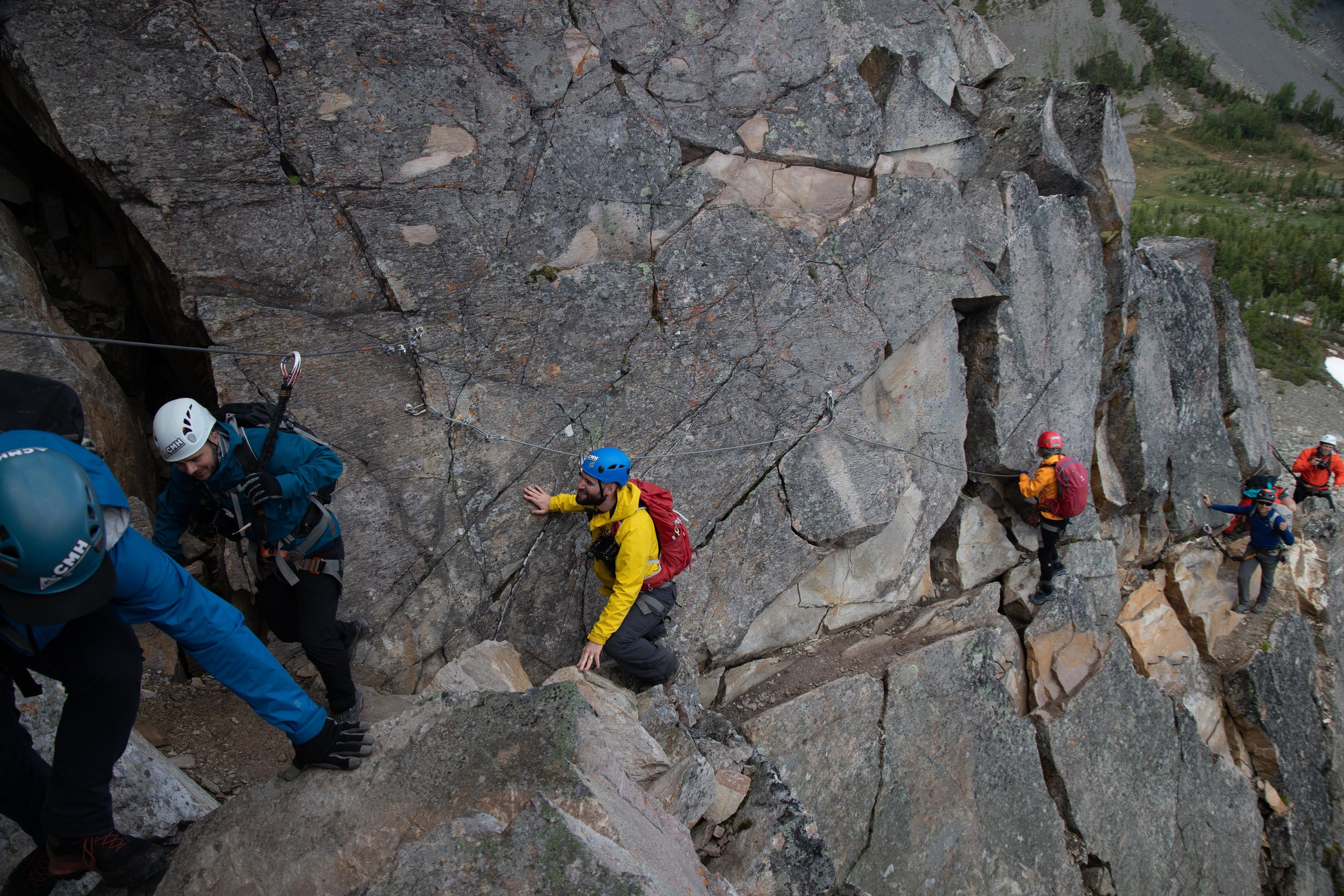
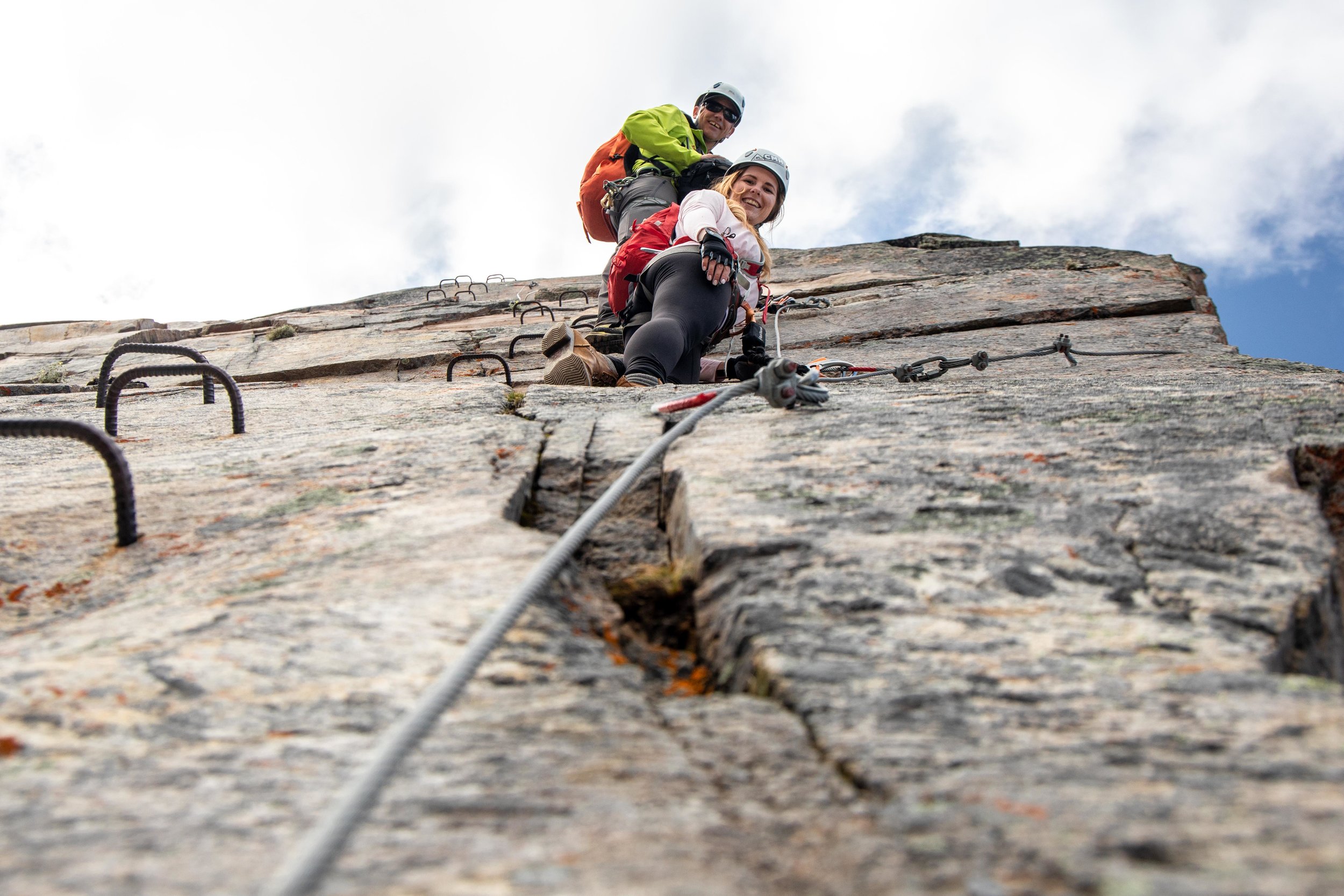
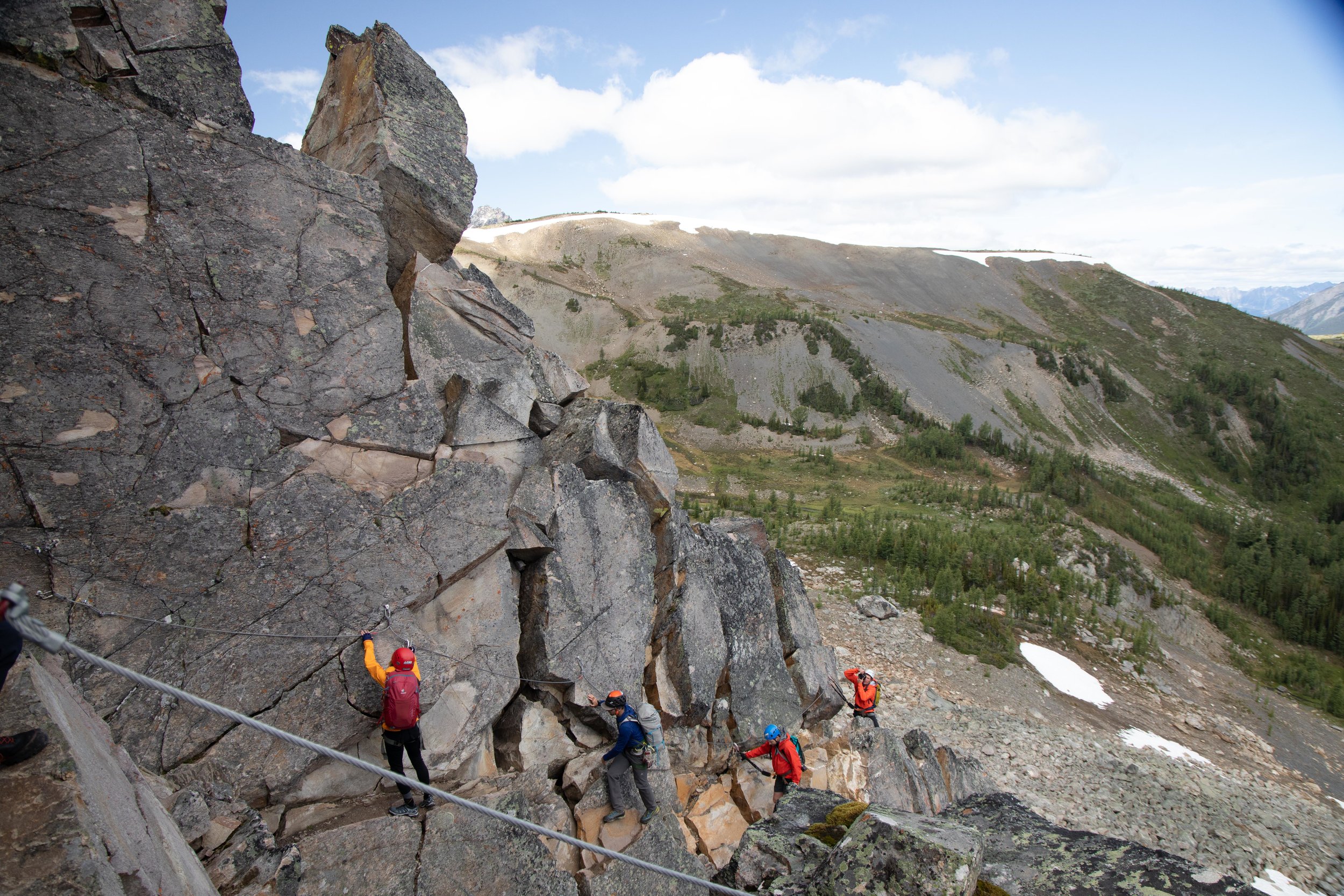
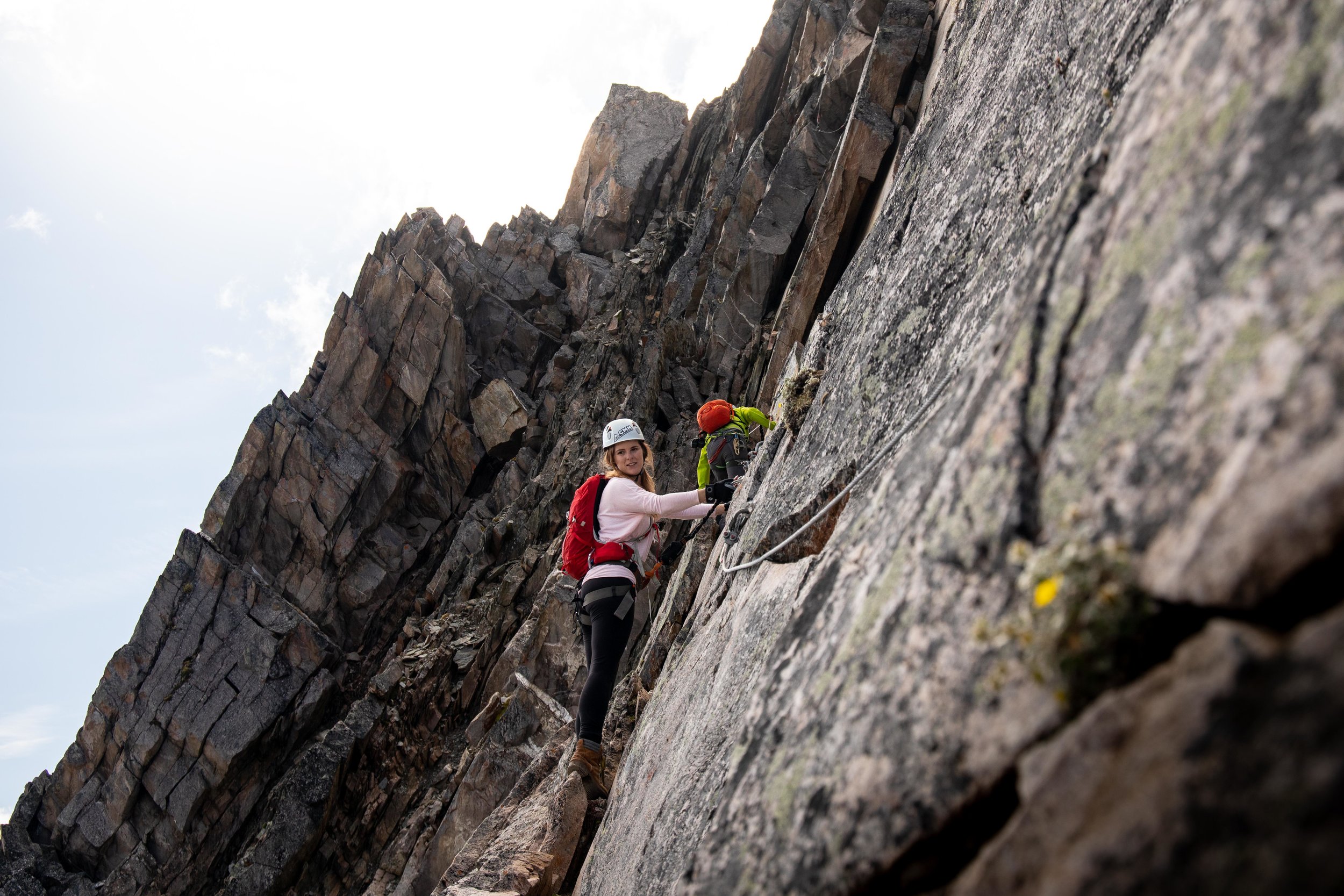
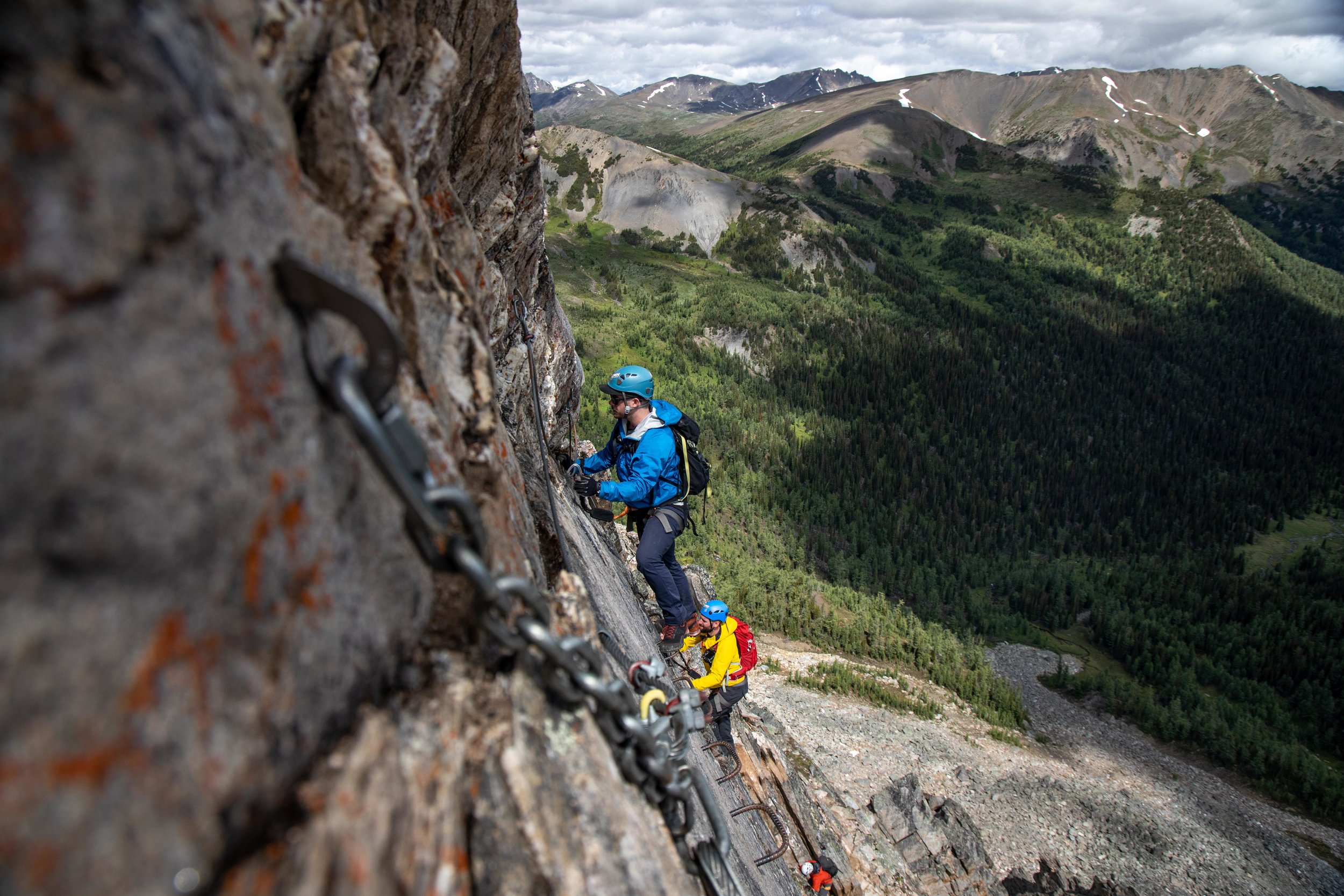
3. Detailed Shots
These are not always my favorite shots but have a place in the story. These details can be found in the water drops on the spider webs, the detail in the wildflowers or in the small bugs on the leaves of the foliage. The wind through the trees or a model’s hair. This can really focus in on the smaller things in the story.
4. Emotion or Portrait Shots
An essential piece to any good story, the human attachment is a highlight for any good story. Fear, happiness, struggle, silliness or anything felt during the journey of your story can all help unfold the message. Was it a dark moody hard hike, rain and hardship? Or was it a sunny beautiful day of happiness and trail snacks? Portrait isn’t always easy but if you can nail it, it will complete a story.
5. The Moment Shot
The moment is the most crucial part of the story in many cases, but not all. It is usually the shot you see on Instagram, the wide landscape and tiny hikers (a favorite style of mine). It is the destination of the story. The thing to remember is that even though we all want the destination, there is so much to be said about the journey and it is what really brings people into your photography in a more emotional way. The other parts to story telling as above can be just as important as the ‘moment’ shot.
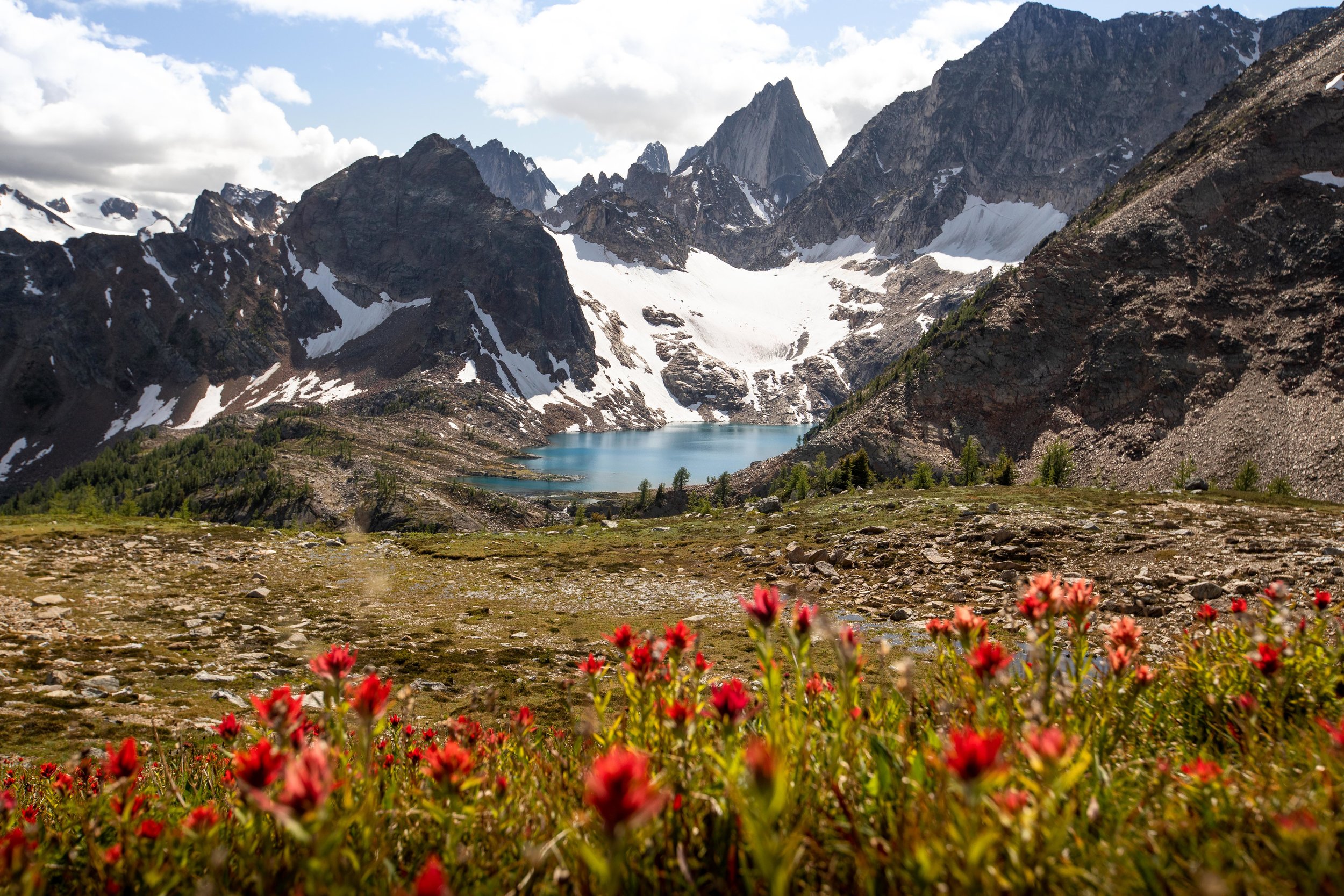
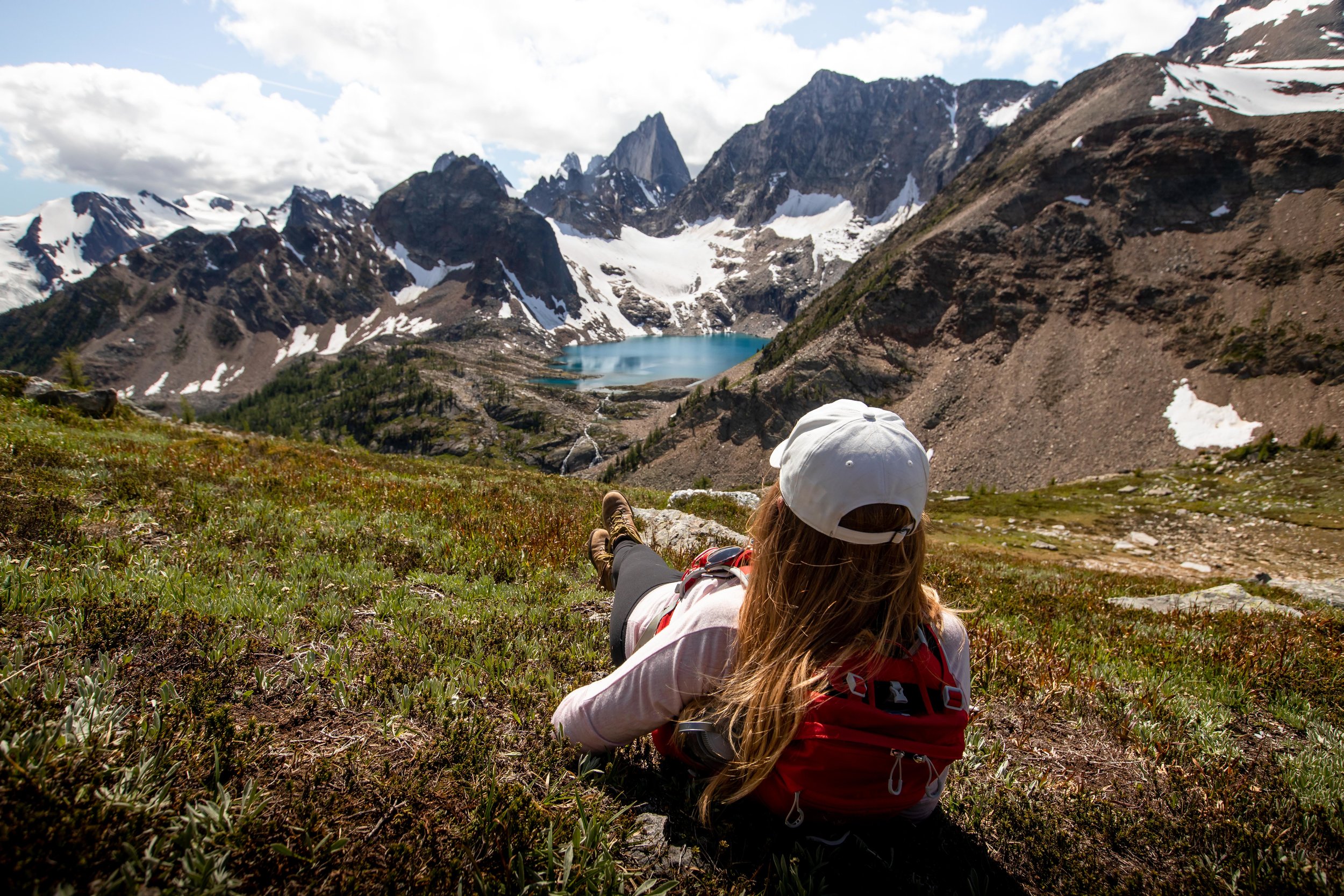

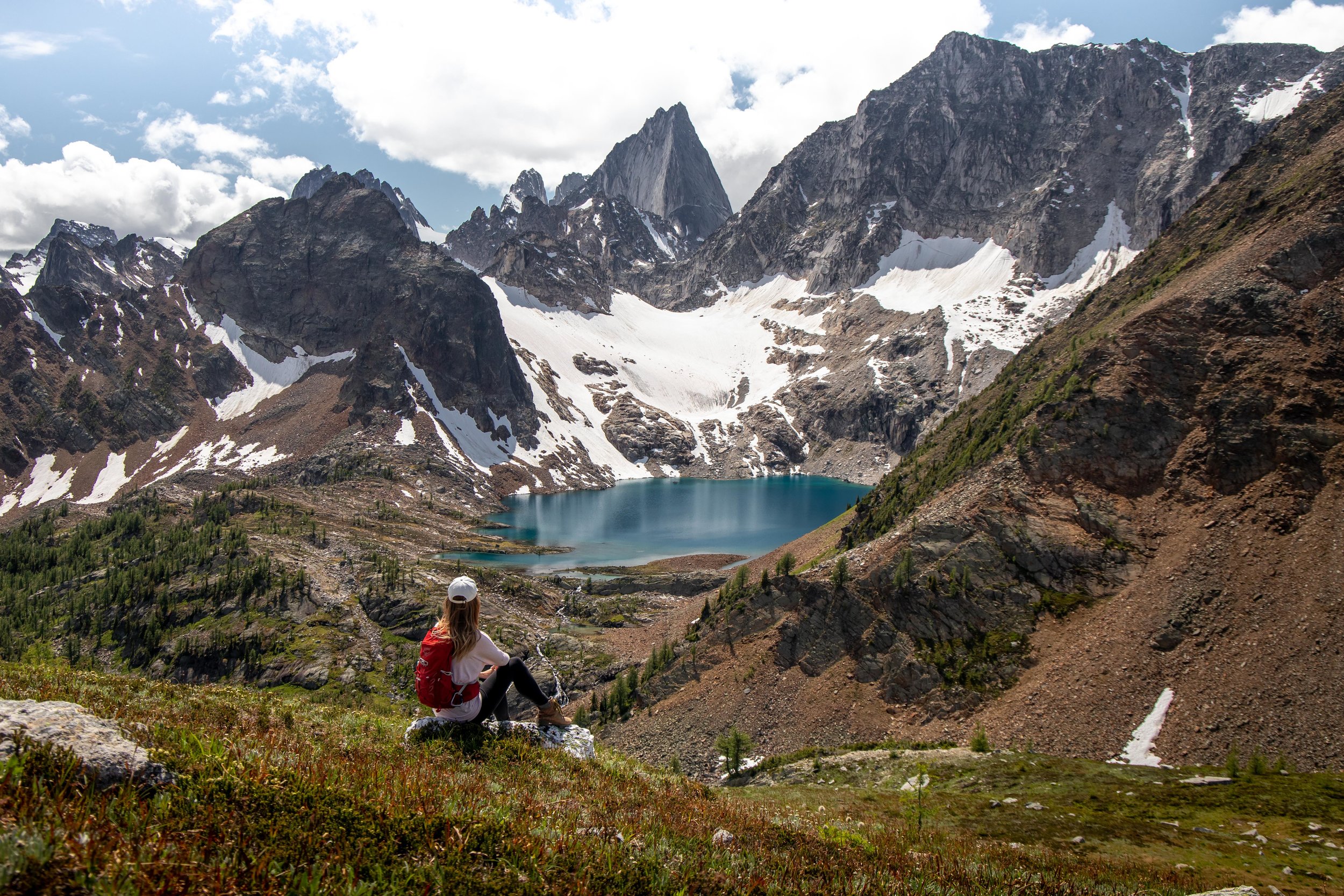
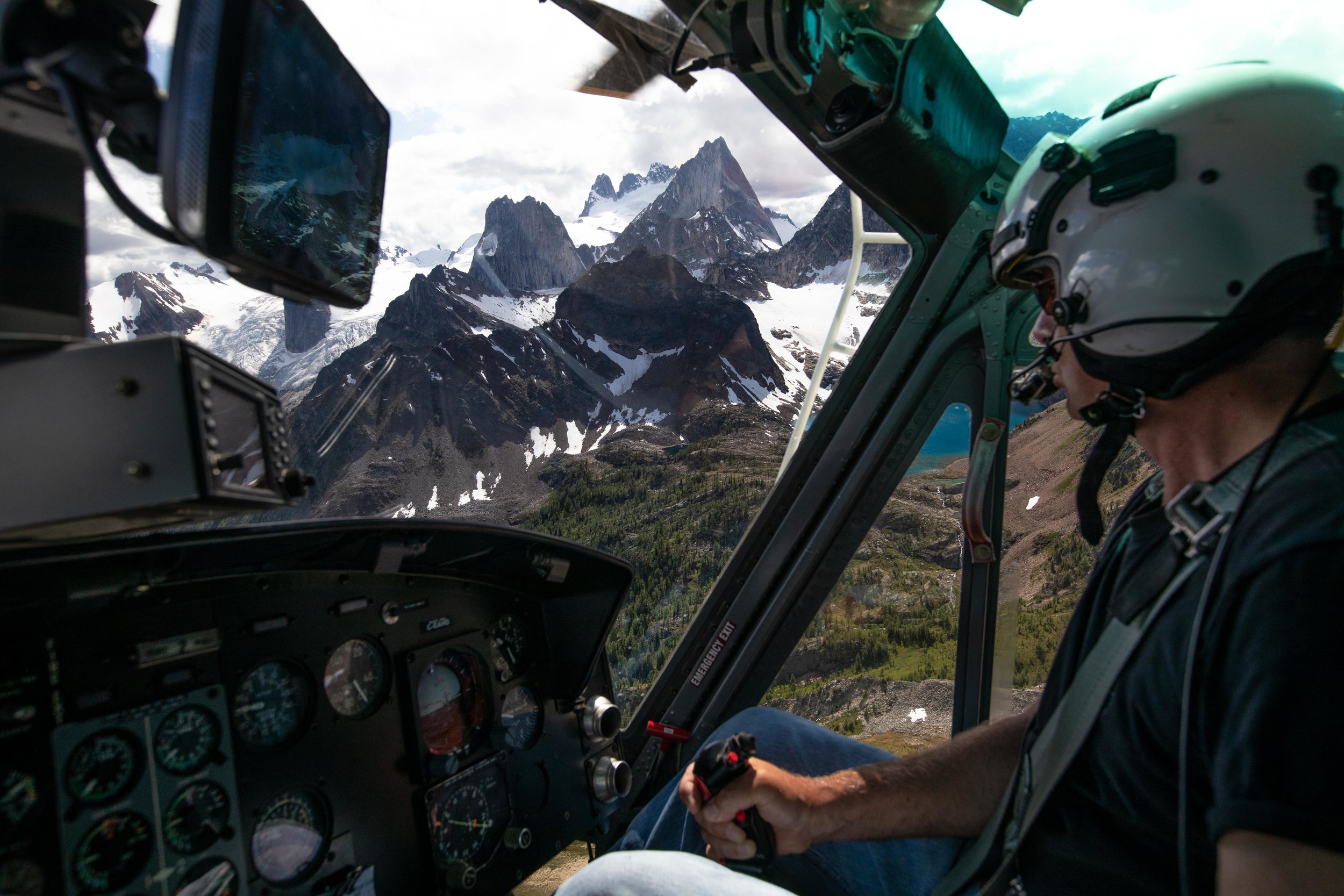

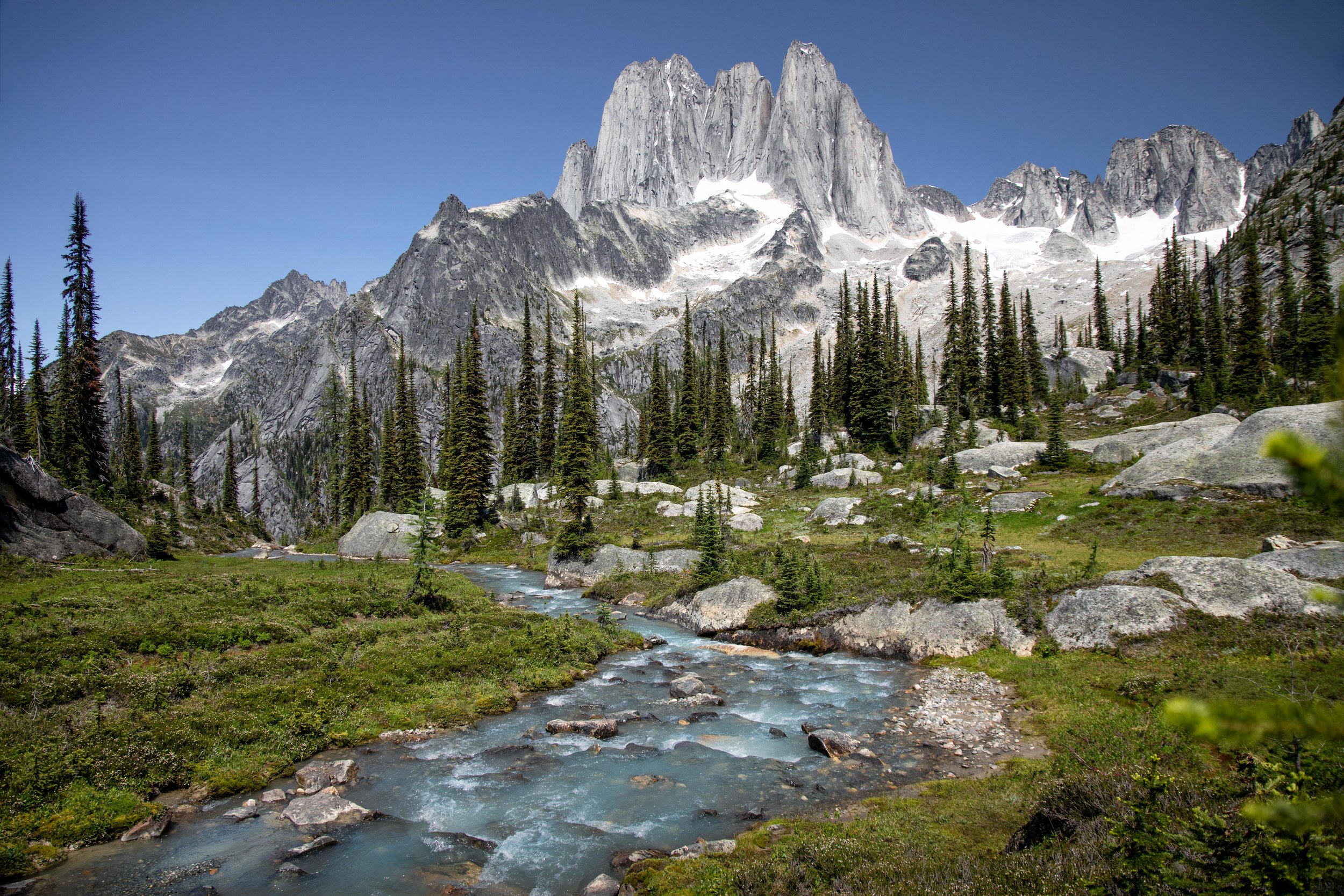

Hopefully that was some insight into stories and how they can be a great way to attract clients. It is a true skill to show how a story unfolded through mere images. It is important to remember that every image you take is a piece of your style and identity and it will shine through in your ability to tell the story.
We enjoyed a wonderful time at CMH and I am hoping these photos will tell the story for you. I tried to hit each topic and bring light to our trip out here. You don’t always need every element to tell a good story, but this list is a great tool to help highlight some important visual tools for our audience. Sometimes it’s not for anyone else but yourself and there is nothing wrong with that. Sometimes it only takes one photo to tell the story.

